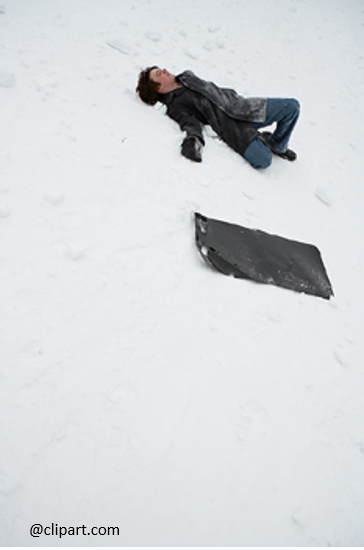People who play recreational sports sometimes get injured; that’s a risk they face when they decide to engage in an athletic pursuit. But often, the real cause of an injury isn’t the person’s own carelessness or bad luck; it’s something that the proprietor of the sports facility did (or didn’t do).
If you’ve been injured playing a sport, it’s always wise to talk to an attorney, because you might never know whether you can receive sports injury compensation, unless an attorney investigates all the circumstances.
Here are three cases that illustrate this point:
► Snow tubing crash. Snow tubing – which involves sliding down a slope in a large, inflatable inner tube – is becoming an increasingly popular alternative to skiing and snowboarding at many ski areas. It’s fun, and unlike skiing or snowboarding, it requires no skill to enjoy.
But just as with snowboarding and skiing, you can get hurt.
Andrew Roebuck was snow tubing at Pennsylvania’s Bear Creek Mountain Resort when the tubing run iced up and became, as one employee described it, “smoking fast.” Roebuck couldn’t control the tube, which vaulted into a net at the end of the run. He fell on his head and suffered a spinal injury that kept him out of work for six months and robbed him of the ability to lead an active lifestyle.
Roebuck sued the resort, claiming it was careless in failing to keep the slope safe and in not warning him of the conditions.
The resort said it couldn’t be held liable because there was a waiver of liability printed on each ticket, and all ticket purchasers were required to sign a release.
But a court decided that Roebuck could sue, because he had been given the tickets rather than buying them himself. As a result, he didn’t sign the release and never saw the waiver.
At the trial, a jury found that the resort was indeed at fault for not warning that the slope was unusually fast and that people were having trouble stopping.
► Health club injury. A member of a 24 Hour Fitness facility in Sacramento, California fell backwards from a moving treadmill and smacked her head against a different exercise machine that the club had placed less than four feet behind the treadmill. This violated the treadmill maker’s safety specifications, which said that there should be a six-foot “safety zone” between the back of the treadmill and other gym equipment.
The club member sued, and the club argued that it was protected by the liability waiver that the member had signed.
But the California Court of Appeal said the case could go to trial.
According to the court, 24 Hour Fitness knew it was violating the manufacturer’s safety directions when it arranged the exercise machines without providing a proper safety zone, and it did this to squeeze more machines into the facility to make room for more paying customers. The court said this wasn’t just carelessness; it could be considered “gross negligence” and so serious that it voided the liability waiver.
►Soccer accident. Andrew Dann, an experienced soccer player in New York, was hurt playing in a recreational indoor league at a local domed sports complex. He shattered his kneecap when he slid into a raised concrete foundation footer that was hidden by the inflated fabric wall of the dome.
Dann sued the complex. At first, a judge rejected the suit, saying Dann assumed the risk of injury when he decided to play in the league.
But an appeals court thought differently. It said that while recreational athletes such as Dann assume certain risks when they sign up to play, this doesn’t extend to hidden dangers that aren’t inherent to the sport. As a result, Dann’s case could be decided by a jury.
If you’ve experienced a personal injury or loss, call us at 864.233.7200 or 1.800.903.8101 for a free telephone consultation.






